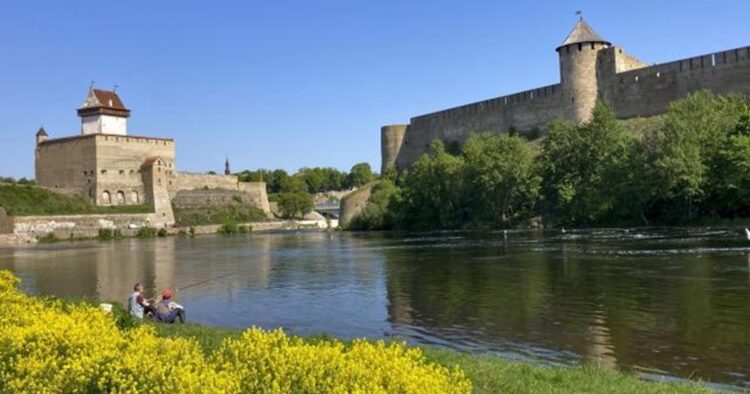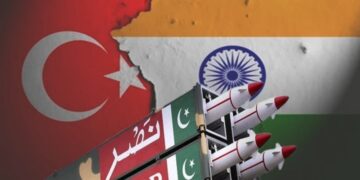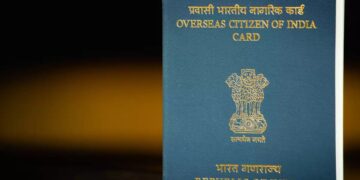Recently, Russian border guards removed 25 buoys placed by Estonia on the Narva River, which separates Estonia from Russia.
These buoys were crucial for marking the border and preventing accidental crossings by boats. The European Union’s foreign policy chief, Josep Borrell, condemned the action as “unacceptable” and demanded an immediate explanation from Moscow, along with the return of the buoys.
The removal of the buoys by Russian authorities has sparked concerns and accusations of provocative behavior by Russia. Estonia, while expressing its dismay, has maintained a calm yet firm stance in response to the incident.
The Estonian Foreign Ministry labeled it as a “provocative border incident” and reiterated its commitment to handling the situation with vigilance.
This incident is not an isolated one but rather fits into a broader pattern of tension between Estonia and Russia. For decades, both countries have cooperated in placing buoys along the Narva River to delineate their border.
ALSO READ: “Greece Urges EU to Protect Consumers from Unfair Multinational Practices”
However, disagreements over the buoys’ placement arose in 2023 when Russia contested Estonia’s chosen locations, leading to the recent removal.
The significance of these buoys cannot be overstated, as they serve to prevent navigational errors and accidental incursions into each other’s waters, especially crucial for fishermen and hobbyists. The dispute over the buoys mirrors recent border mapping incidents in the Baltic Sea, suggesting a broader trend of assertive actions by Russia in the region.
Furthermore, amidst rising tensions, media reports suggest that Moscow might be considering revising the borders of its territorial waters in the Baltic Sea. A draft proposal, published briefly on an official Russian government website, hinted at updating coordinates for measuring territorial waters.
However, Kremlin officials downplayed any political motives behind the proposal, emphasizing the need for modernizing outdated geographical data.
This incident occurs against the backdrop of broader geopolitical shifts in the region. Since Russia’s invasion of Ukraine in 2022, Finland and Sweden have joined NATO, effectively encircling the Baltic Sea with NATO members. This strategic development underscores the heightened sensitivity surrounding maritime borders and security in the Baltic region.
The removal of Estonian buoys by Russian border guards underscores the ongoing tensions between Estonia and Russia, reflecting broader geopolitical dynamics in the Baltic region. The incident calls for diplomatic engagement and resolution to prevent further escalation and ensure stability in the area.

















Comments